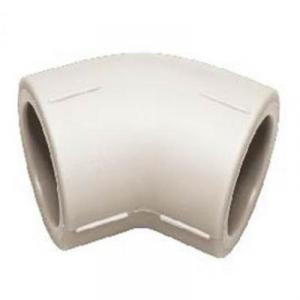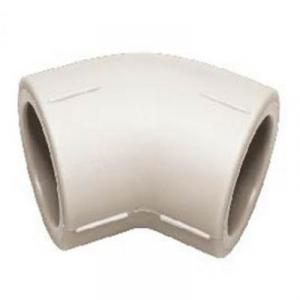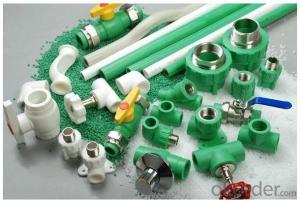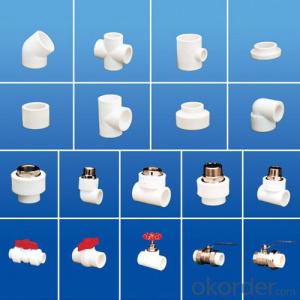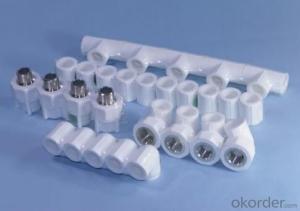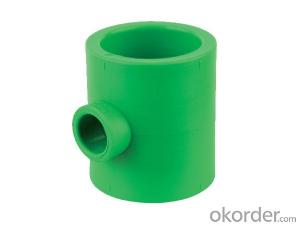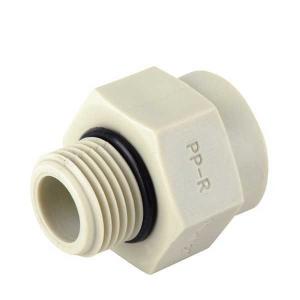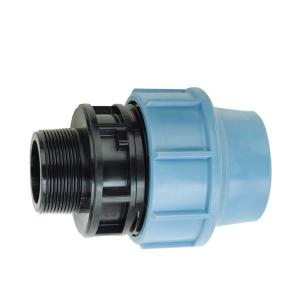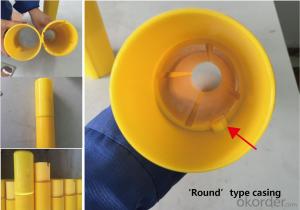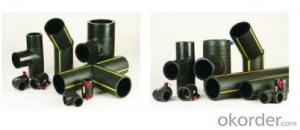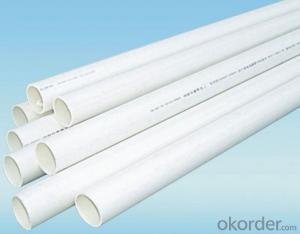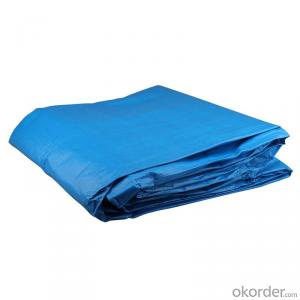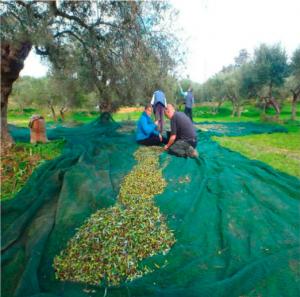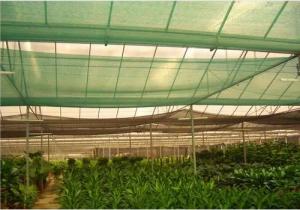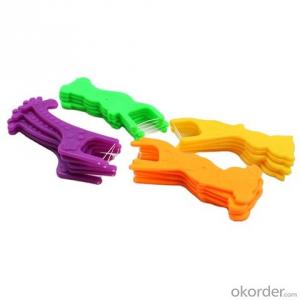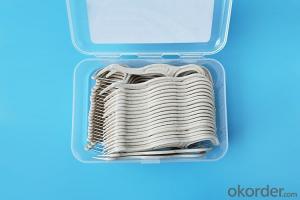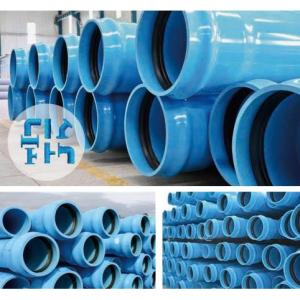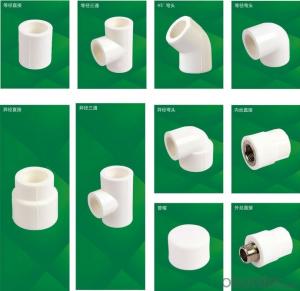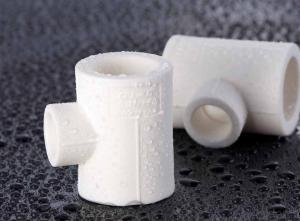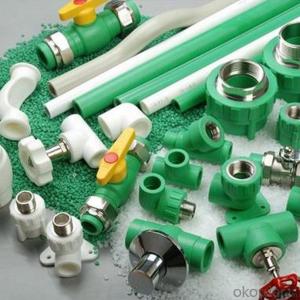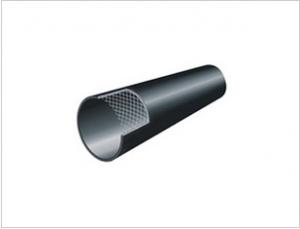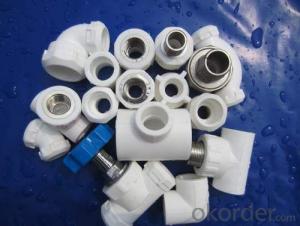45 Degree PPR Elbow Plastic Pipe Fitting Connecting Civil Construction Agricultural PE Pipes
- Loading Port:
- Ningbo
- Payment Terms:
- TT or LC
- Min Order Qty:
- 2440 pc
- Supply Capability:
- 100000 pc/month
OKorder Service Pledge
OKorder Financial Service
You Might Also Like
PPR Elbow Plastic Pipe Fittings
Mainly used to connect civil construction, industrial, agricultural and landscape irrigation drainage system PE pipes
Main Features of PPR Elbow Plastic Pipe Fittings
1, health, non-toxic: the various parts of the pipeline system consists of PP-R pipes and fittings constituted can be completely non-toxic, health indicators in line with GB / T17219 standards.
2, does not rust: PH value can withstand a wide temperature range, in the range of 1 to 14, a high concentration of acid and alkali corrosion.
3, wear-resistant, non-fouling: PP-R pipe and tube inner wall smooth, uniform flow resistance is small and does not scale.
4, reducing vibration and noise: PP-R pipe has excellent insulation properties, can significantly reduce the vibration and noise caused by the flow of liquid.
5, anti-cracking: PP-R materials excellent elasticity makes pipes and fittings sectionally With frost expansion of the liquid together without bursting.
6, anti-condensation, heat loss is small: PP-R material is a poor thermal conductor, reduces condensation and reduce heat loss less.
7, anti-electric corrosion: PP-R material is a poor conductor of electricity can avoid corrosion. Complete specifications: 10-30 optional
Pictures of PPR Elbow Plastic Pipe Fittings


- Q:Can plastic pipe fittings be used for HVAC systems?
- Yes, plastic pipe fittings can be used for HVAC systems. They are commonly used in both residential and commercial HVAC installations due to their durability, versatility, and cost-effectiveness. Plastic fittings are resistant to corrosion, lightweight, and easy to install, making them a suitable option for various HVAC applications. However, it is important to select fittings that are specifically designed for HVAC systems and comply with relevant codes and standards to ensure proper functioning and safety.
- Q:Can plastic pipe fittings be used for compressed gas systems?
- No, plastic pipe fittings are not suitable for use in compressed gas systems.
- Q:Can plastic pipe fittings be used for wastewater systems?
- Yes, plastic pipe fittings can be used for wastewater systems. They are commonly used due to their durability, resistance to corrosion, and ease of installation.
- Q:Are plastic pipe fittings suitable for potable water distribution networks?
- Yes, plastic pipe fittings are suitable for potable water distribution networks. They are commonly used due to their durability, corrosion resistance, and affordability. Additionally, plastic fittings are lightweight, easy to install, and do not require extensive maintenance. However, it is important to ensure that the plastic used is approved for potable water applications and meets the necessary standards and regulations to ensure the safety and quality of the water supply.
- Q:Are plastic pipe fittings resistant to scale build-up?
- Yes, plastic pipe fittings are generally resistant to scale build-up. Unlike metal fittings, plastic fittings do not corrode or develop scale deposits over time, making them a reliable choice for plumbing systems.
- Q:How do plastic pipe fittings compare to polybutylene fittings?
- Plastic pipe fittings and polybutylene fittings have some similarities, but there are important differences to consider. Plastic pipe fittings are typically made of PVC or CPVC materials, which offer good durability and resistance to chemicals. They are widely used in various applications, including plumbing, irrigation, and industrial systems. On the other hand, polybutylene fittings are specifically designed for use with polybutylene pipes, a type of plastic pipe that was commonly used in the 1970s-1990s but faced issues with leaks and failures due to the degradation of the material over time. As a result, polybutylene fittings are less commonly used today and are generally not recommended for new installations. In summary, plastic pipe fittings are a more reliable and widely used option compared to polybutylene fittings.
- Q:What are the different types of plastic pipe fittings?
- There are various types of plastic pipe fittings, including but not limited to, elbows, tees, couplings, unions, adapters, valves, and reducers. These fittings are used to connect and redirect pipes in plumbing and industrial applications.
- Q:Can plastic pipe fittings be used for fuel systems?
- No, plastic pipe fittings are not recommended for use in fuel systems.
- Q:What are the commonly used pipe fittings?
- Divided by usage1, for pipe connected fittings: flange, loose joints, hoop, hoop card sleeve, drawing three2, change the direction of pipe fittings: elbow, bend3, change the pipe diameter pipe fittings: reducing diameter (different diameter pipe), different diameter elbow, branch pipe, reinforcement pipe4, increase the pipe branch of the pipe: three pass, four pass5, for pipe line seal: gasket, raw material belt, hemp, pipe plug, blind flange, blind plate, welding head, plug6, the pipeline fittings for fixed clasp, hook, rings, bracket, bracket, pipe etc.
- Q:Are plastic pipe fittings suitable for HVAC systems?
- Yes, plastic pipe fittings are suitable for HVAC systems. They are lightweight, durable, and corrosion-resistant, making them an excellent choice for both residential and commercial HVAC applications. Additionally, plastic fittings are easy to install, cost-effective, and provide leak-free connections, which is essential for maintaining the efficiency and reliability of HVAC systems.
1. Manufacturer Overview |
|
|---|---|
| Location | |
| Year Established | |
| Annual Output Value | |
| Main Markets | |
| Company Certifications | |
2. Manufacturer Certificates |
|
|---|---|
| a) Certification Name | |
| Range | |
| Reference | |
| Validity Period | |
3. Manufacturer Capability |
|
|---|---|
| a)Trade Capacity | |
| Nearest Port | |
| Export Percentage | |
| No.of Employees in Trade Department | |
| Language Spoken: | |
| b)Factory Information | |
| Factory Size: | |
| No. of Production Lines | |
| Contract Manufacturing | |
| Product Price Range | |
Send your message to us
45 Degree PPR Elbow Plastic Pipe Fitting Connecting Civil Construction Agricultural PE Pipes
- Loading Port:
- Ningbo
- Payment Terms:
- TT or LC
- Min Order Qty:
- 2440 pc
- Supply Capability:
- 100000 pc/month
OKorder Service Pledge
OKorder Financial Service
Similar products
New products
Hot products
Hot Searches
Related keywords
